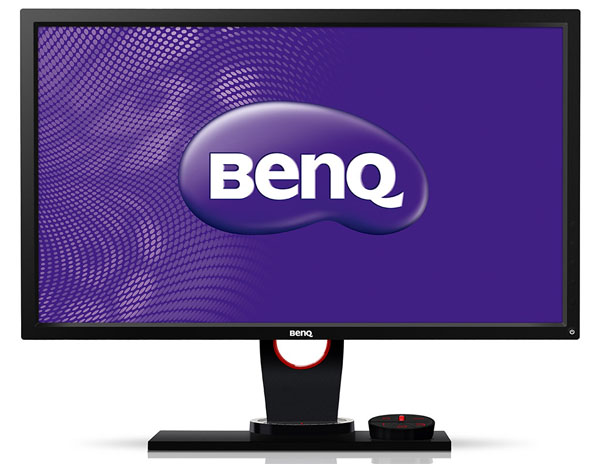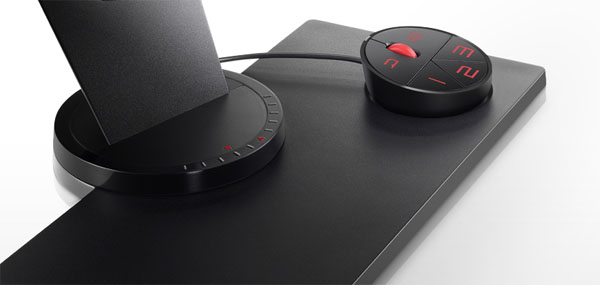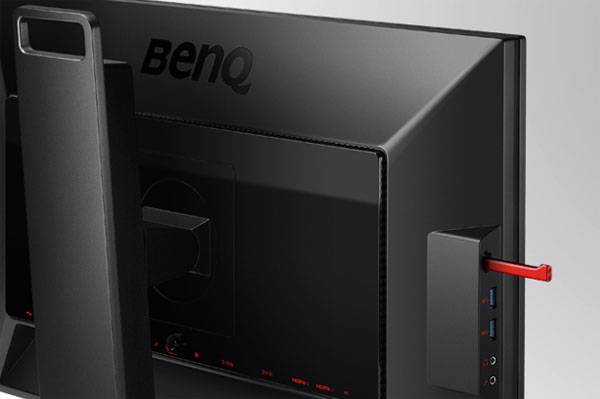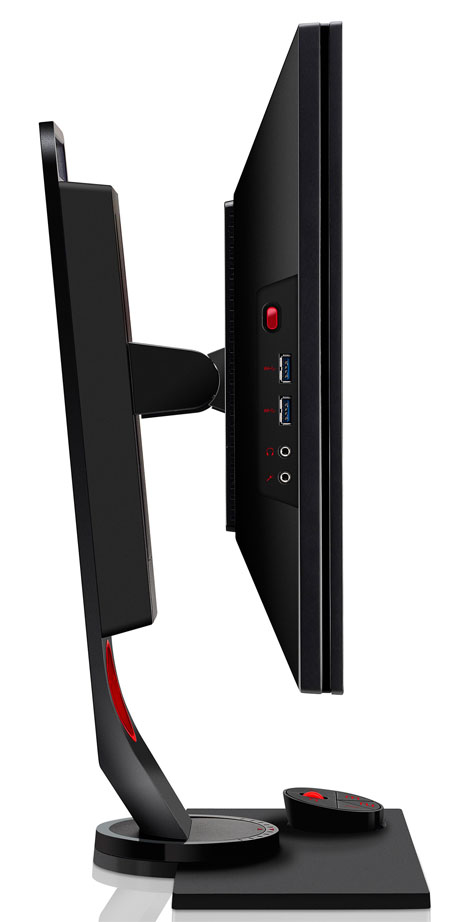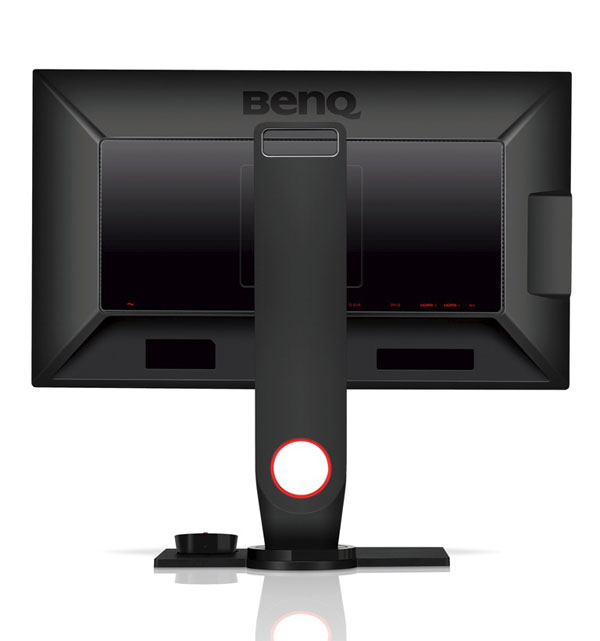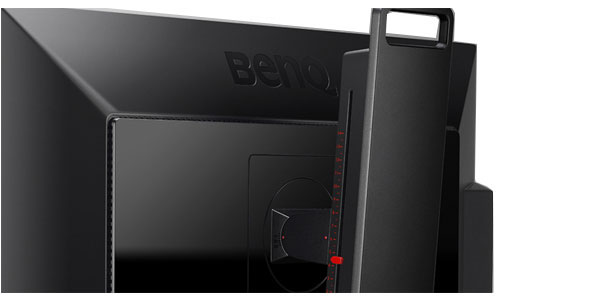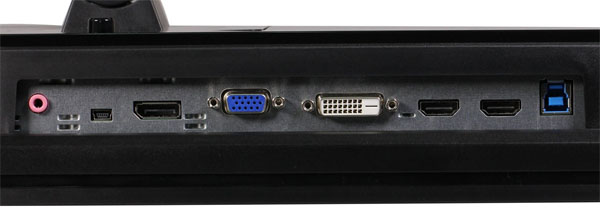BenQ XL2430T 24-Inch 144Hz Gaming Monitor Review
BenQ sent over a 144Hz-capable 24-inch screen priced attractively. As a gamer, it'd be hard to ignore this model, which doesn't offer G-Sync support, but does deliver a great picture and excellent maximum refresh rate for less than $400.
Why you can trust Tom's Hardware
Packaging, Physical Layout And Accessories
BenQ ships the XL2430T in a lay-down style box with plenty of Styrofoam to protect the contents. The upper packing tray contains many accessories and cables to create a complete package, with just one exception – there’s no DisplayPort cable. Instead you get a heavy-gauge DVI cable that’s already attached to the panel. You can use it or your own DP connection for 144Hz operation. Also included are USB 3.0 and IEC power cables. A nice plastic dust cover comes in the box, along with a quick-start guide and CD containing drivers and the full user’s manual.
Product 360
The first thing we noticed was a large amount of polished bright-work on the panel and base. There’s so much bling that you’ll spend days finding and removing all of the protective plastic wrap. It’s not overdone though; the styling is pretty nice. The bezel is thin at less than ¾", so setting up three XL2430Ts seems like a good idea.
The screen’s anti-glare layer is much like the ones we’ve seen on every monitor of late – light rejection is decent, clarity is excellent and you’ll want to carefully place bright light sources in your workspace.
Control buttons run up the right side of the bezel. But once you connect the S Switch, you’ll rarely need to touch them. If you do, they respond with a satisfying click and a soft beep.
We first saw the S Switch on the XL2720Z and fell in love immediately. Once you adapt to its wheel and button arrangement, you’ll wonder why anyone would control an OSD any other way. It’s super-intuitive, allowing us to zip through menus and options quickly. The wheel doubles as a select button, so all you really need is that and the return key to its left. The other controls call up preset gaming modes and the Auto Game Mode.
We wondered what this little red metal bar was and finally had to look in the manual to find out – it’s a headphone hook able to hold up to 400 grams (about 14 ounces). When you’re not using it, it slides into the side of the panel and locks in place.
The XL2430T isn’t particularly slim, but it still presents a decent side profile for wall-mounting. In addition to two USB 3.0 ports, there’s a headphone output and microphone input. That’s something we haven’t seen before. You have to connect a USB cable between the monitor and your PC to make it work.
Get Tom's Hardware's best news and in-depth reviews, straight to your inbox.
The back is mostly polished plastic with BenQ’s logo topping things off. The input jack labels are printed in red, which makes connecting cables a little easier. The upright is a thick chunk of aluminum with a handle at the top and a red-trimmed hole at the bottom for cable management. Unsnapping the base reveals a 100mm VESA mount.
A closer look at the XL2430T's back side reveals indicators for height and angle adjustments. If you're picky about screen placement and you move your monitor around, this can be real time-saver. You can also see a handle in the above photo. It's one solid piece of metal that would likely support the weight of several panels.
To run the XL2430T at 120 or 144Hz, you need to use DVI or DisplayPort; one of each connector is provided. If you have HDMI sources, there are two inputs accommodating up to 60Hz. For analog components, there’s a legacy VGA port. The micro-USB port on the left is for the S Switch. On the far left is an audio output for external powered speakers, since there are none built-in. Sound can travel over either HDMI or DisplayPort to this jack. Finally, on the far right, we have a single USB 3.0 upstream port. You'd use that to enable the side panel’s mic input.
Current page: Packaging, Physical Layout And Accessories
Prev Page BenQ XL2430T 144Hz Gaming Monitor Review Next Page OSD Setup And Calibration Of The XL2430T
Christian Eberle is a Contributing Editor for Tom's Hardware US. He's a veteran reviewer of A/V equipment, specializing in monitors. Christian began his obsession with tech when he built his first PC in 1991, a 286 running DOS 3.0 at a blazing 12MHz. In 2006, he undertook training from the Imaging Science Foundation in video calibration and testing and thus started a passion for precise imaging that persists to this day. He is also a professional musician with a degree from the New England Conservatory as a classical bassoonist which he used to good effect as a performer with the West Point Army Band from 1987 to 2013. He enjoys watching movies and listening to high-end audio in his custom-built home theater and can be seen riding trails near his home on a race-ready ICE VTX recumbent trike. Christian enjoys the endless summer in Florida where he lives with his wife and Chihuahua and plays with orchestras around the state.
-
test090927 Don't be interrupted by want type of panel it is.Reply
TN and IPS both have there own advantage. TN for low response time and relatively high refresh rate, whereas IPS has better color reproduction and viewing angle. However, IPS panel generally has long response time, which might cause ghosting when gaming.
For XL2430T TN panel which might seem bad color reproduction, the color is actually fine and it can be adjusted by "Color Vibrance" mode. It's a great choice for you. -
wtfxxxgp Wow. Some people don't bother to read the article. The reviewer clearly states that the ONLY difference between this TN panel and an IPS panel is viewing angle. How is this a problem unless you're using more than 1 monitor? How many people sit and game when they don't have their monitor right in front of them? EVERYTHING ELSE about this monitor as far as performance is concerned completely out-classes IPS panels. Stop complaining, read the full article and unless you have anything constructive to say, rather don't say anything at all. Commenting that you're waiting for an IPS panel or wouldn't ever go back to a TN panel is rather useless. As for me, I think the price is very reasonable for this monitor, given its excellent review on everything that matters to a gamer.Reply -
chenw I stopped reading at 'IPS', not even worth my time.Reply
Seriously, after comparing the VX2770 and swift (which is a classic IPS to TN), I wasn't even sure what IPS was all about, the IPS had much worse BLB and didn't look that much greater (granted, it was probably a bad IPS panel). -
AndrewJacksonZA Is it known if this monitor is FreeSync-compatible, or can be upgraded to be FreeSync-compatible?Reply
Thank you
